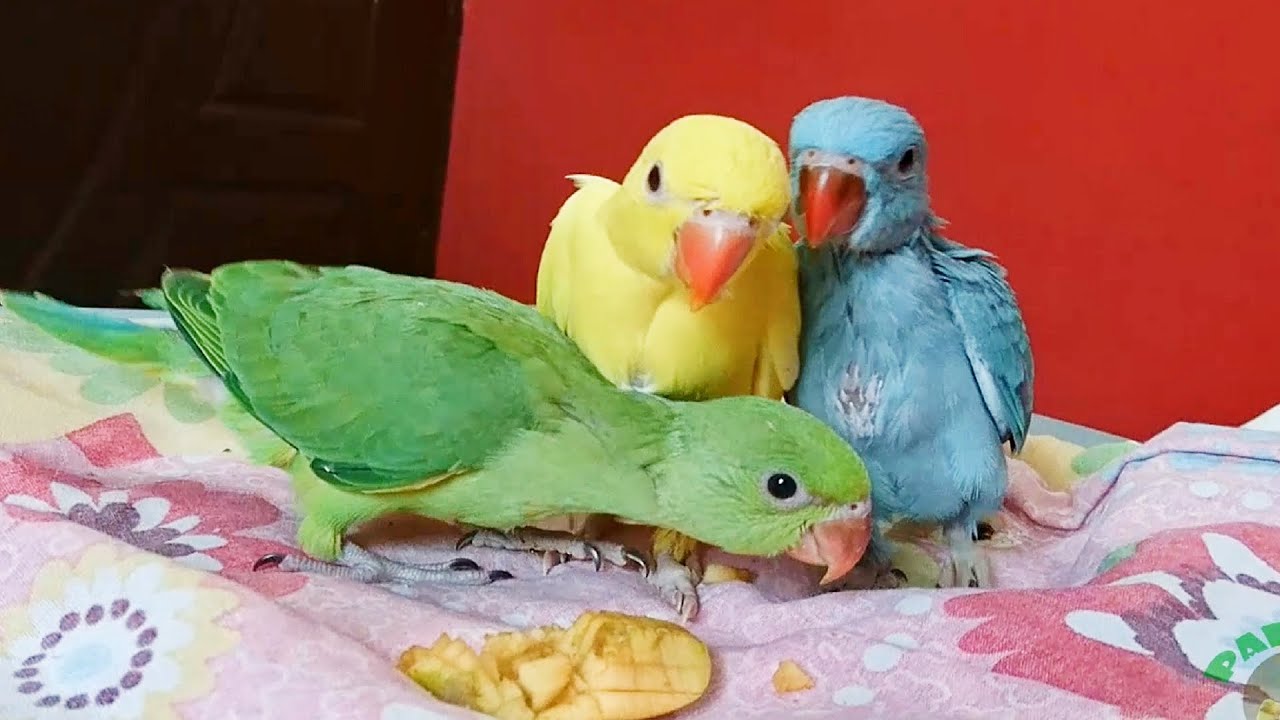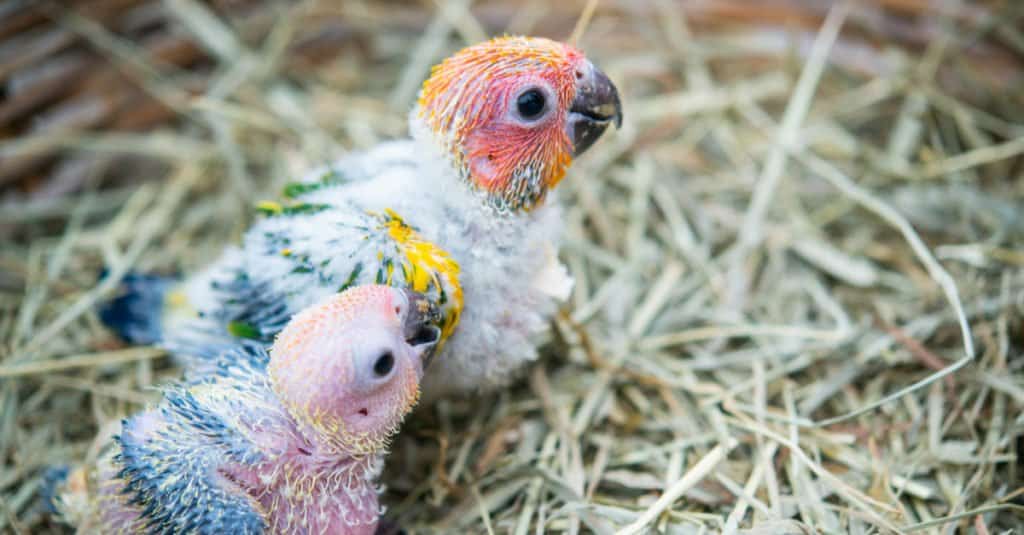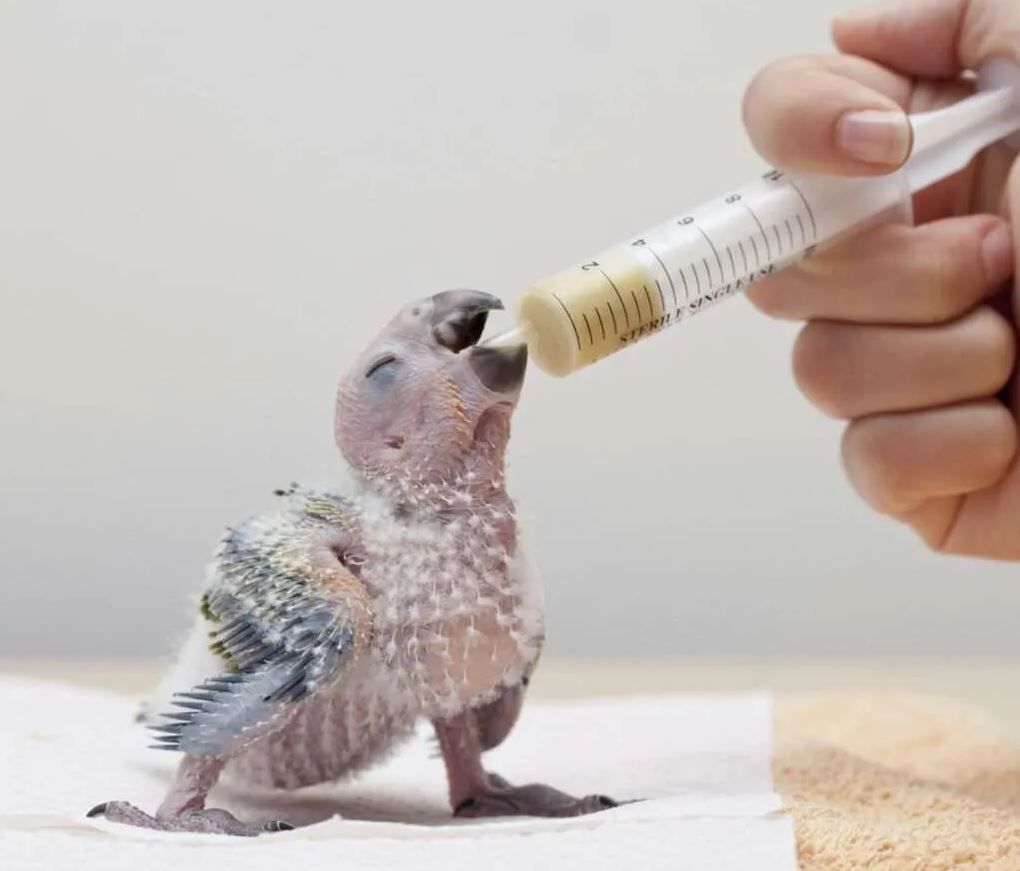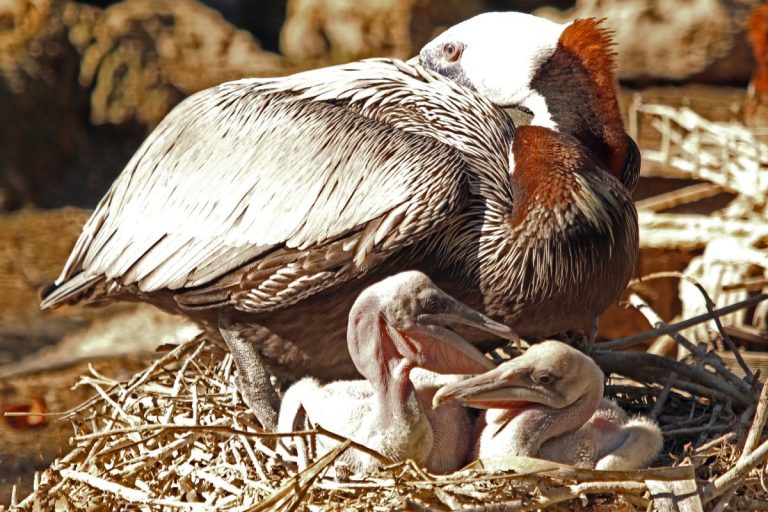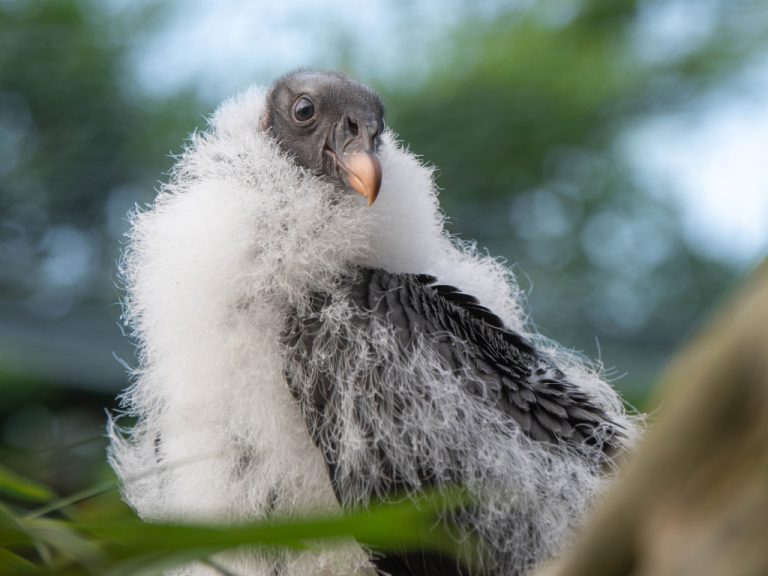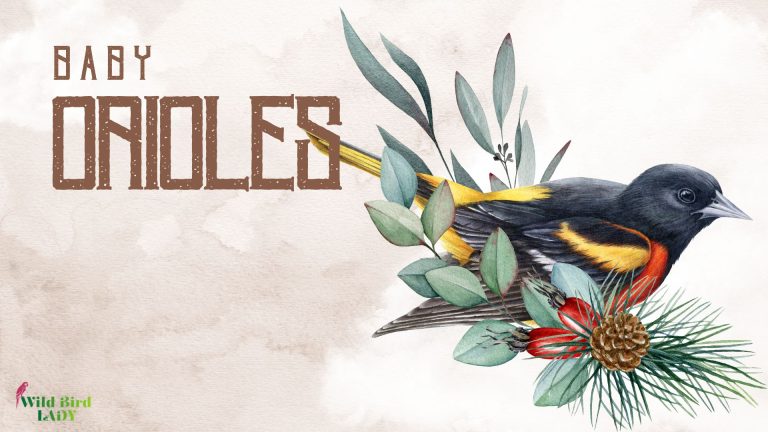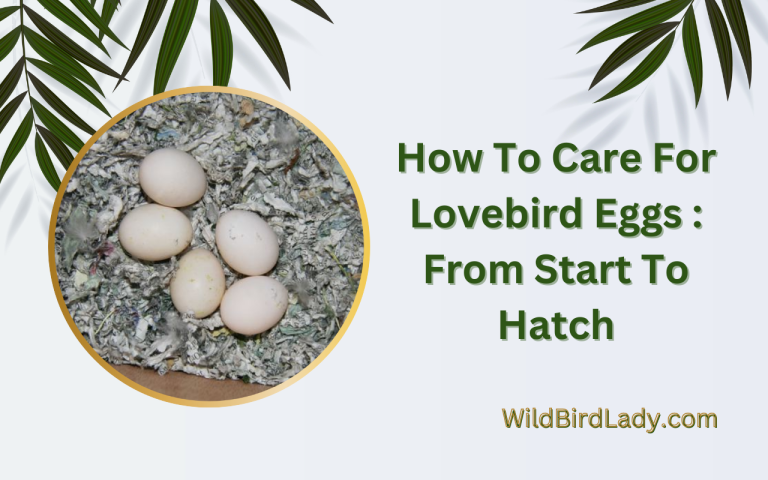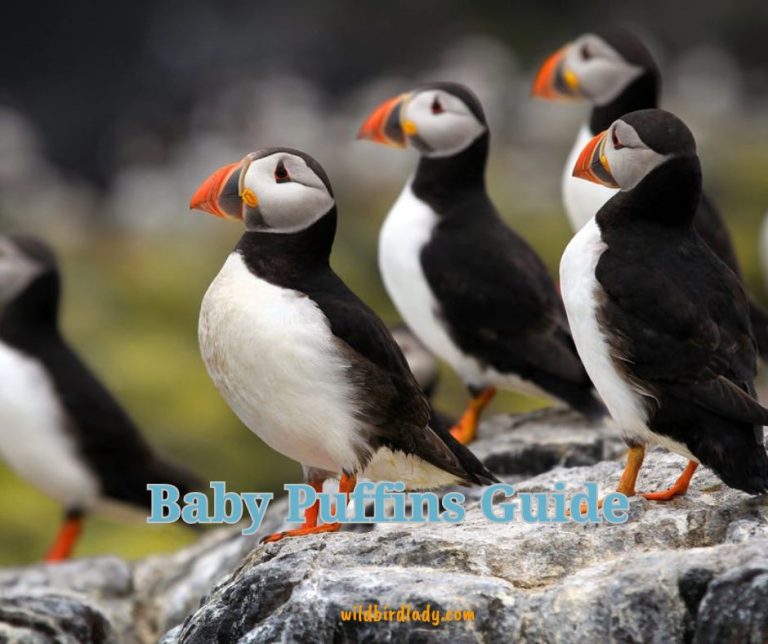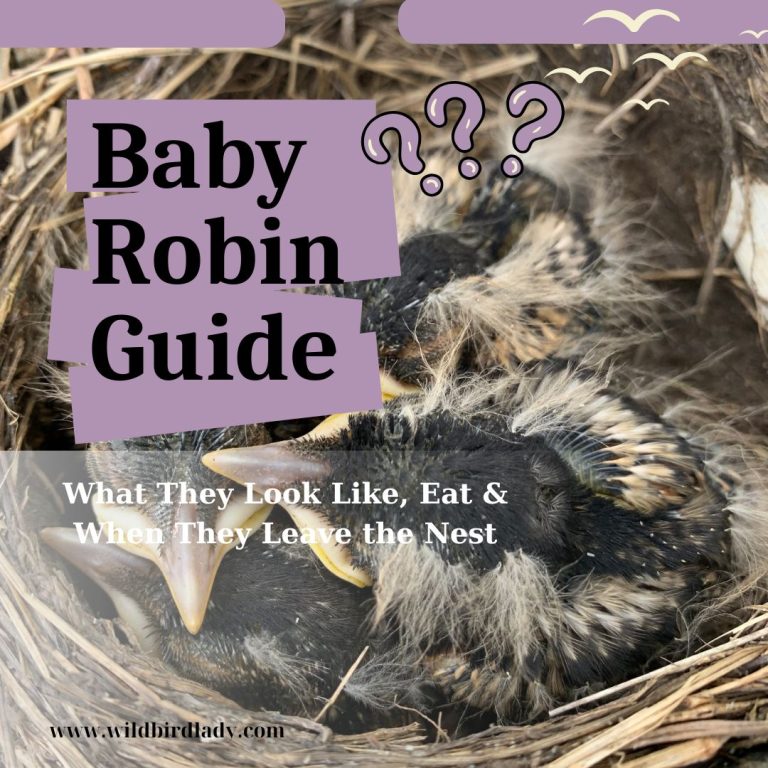Baby Parrot 101: What They Look Like, Eat, and How to Help Them Thrive
By Rifat Ahmed – Birdwatcher with 13+ Years of Experience
There’s nothing quite like the moment you first meet a baby parrot.
I remember the first time I saw one. It was a tiny, pink, featherless chick nestled in a wooden nest box in a suburban aviary. Its oversized beak, shut eyelids, and wobbly head made it look alien. But even then, I could tell it had the heart of a survivor. Over the years, I’ve observed dozens of baby parrots grow from vulnerable hatchlings into loud, colorful, and intelligent companions. Each time, I’ve learned something new.
If you’re curious about baby parrots—what they look like, what they eat, and how you can help them thrive—this guide is for you.
What Does a Baby Parrot Look Like?
Baby parrots, or chicks, don’t resemble the vibrant adults we know and love—at least not at first.
Stage 1: Hatchlings (0–7 days old)
Freshly hatched chicks are blind, featherless, and completely helpless. Their skin is pinkish and translucent. The beak is already well-formed, which is crucial for feeding. They weigh just a few grams, depending on the species.
Fun fact: Larger parrot species like macaws hatch with a size of about 18–20 grams, while smaller ones like budgerigars may weigh less than 2 grams.
Stage 2: Nestlings (1–3 weeks)
Down feathers begin to emerge, giving them a slightly fuzzy appearance. Their eyes start to open around day 10–14, depending on the species. At this stage, you’ll notice rapid weight gain and more alert behaviors.
Stage 3: Fledglings (3–8 weeks)
This is when baby parrots start to resemble mini versions of their parents. Their feathers develop, though they may be duller in color. Fledglings begin flapping their wings, exploring their surroundings, and even trying soft foods.
As noted by All About Birds, this stage is crucial for learning social and foraging behaviors in the wild.
How Are Baby Parrots Born?
Unlike mammals, parrots lay eggs. Most species produce clutches of 2 to 8 eggs, and the incubation period ranges from 18 to 30 days depending on the species.
- Egg Laying: Female parrots typically lay one egg every other day.
- Incubation: Usually done by the female while the male provides food.
- Hatching: Chicks use a special “egg tooth” to break through the shell.
In the wild, parrot parents are extremely attentive. They preen the chicks, regurgitate food, and keep the nest clean. In captivity, this job falls on either the parent birds or human caregivers.
What Do Baby Parrots Eat?
Nutrition is absolutely critical in a baby parrot’s early life. Poor diet is one of the leading causes of death and deformity.
In the Wild
Parents regurgitate a warm, nutrient-rich slurry made from seeds, fruits, insects, and occasionally clay (to neutralize toxins).
In Captivity
Hand-reared chicks are fed specialized parrot hand-feeding formula every 2–4 hours around the clock. The formula must be the right temperature (around 104°F) to avoid crop issues.
Feeding Schedule (Approximate):
- 0–1 week: Every 2 hours, day and night.
- 1–2 weeks: Every 3 hours.
- 2–3 weeks: Every 4 hours, with longer nighttime gaps.
- 4–5 weeks: Start introducing soft foods like mashed fruits, soaked pellets.
- 6+ weeks: Encourage self-feeding and reduce hand feedings.
Pro tip: Never microwave formula—it can create hot spots that burn a chick’s crop.
How to Care for a Baby Parrot
Raising a baby parrot is like caring for a toddler with wings and a strong beak. It requires patience, knowledge, and time.
1. Keep the Right Temperature
Baby parrots need a warm, stable environment. A brooder set at:
- 95°F (35°C) for chicks under 1 week
- 90°F (32°C) for 1–2 week olds
- 85°F (29°C) after 3 weeks
A gradual decrease in temperature mimics natural weaning.
2. Cleanliness is Critical
Clean feeding utensils, brooder bedding, and your hands before every feeding. Bacteria can spread quickly in warm, moist environments.
3. Socialization Matters
Parrots are highly social. If you’re hand-rearing, talk to them, play soft music, and gently handle them daily. Socialized parrots make better companions and experience less stress.
4. Gradual Weaning
Never rush weaning. Some parrots self-wean at 8 weeks; others (like African Greys or Macaws) take 12–16 weeks. Offer a variety of healthy foods like:
- Soft vegetables: cooked carrots, sweet potatoes
- Fruits: banana, papaya, mango (no seeds!)
- Pellets soaked in warm water
Common Health Problems in Baby Parrots
Over the past 13 years, I’ve had the privilege—and challenge—of watching dozens of baby parrots grow up. Along the way, I’ve seen firsthand how even a tiny oversight can lead to serious health problems. Baby parrots are incredibly delicate in their first few weeks of life, and without the right care, they can develop issues quickly.
Here are the most common health problems I’ve encountered, what causes them, and how to prevent them:
1. Splayed Legs (Leg Deformities)
Also known as spraddle leg, this condition happens when a chick’s legs slide out to the sides, preventing it from standing or perching properly. If left untreated, the deformity can become permanent.
Causes:
- Slippery nesting surfaces (like smooth towels or plastic)
- Lack of nesting support
- Overcrowded brooder or nest box
Prevention:
- Use non-slip bedding like paper towels or soft pine shavings
- Create a supportive “nest cup” to help the chick stay upright
- Separate larger, stronger chicks from smaller ones if needed
Treatment:
If caught early (within the first 2 weeks), simple leg braces made from vet wrap or soft materials can realign the legs. Consult an avian vet for proper correction.
2. Crop Stasis (Slow or Stalled Digestion)
Crop stasis occurs when the crop—the pouch where food is temporarily stored—fails to empty properly. In healthy chicks, the crop should empty completely between feedings.
Signs:
- Swollen, soft crop that doesn’t reduce after several hours
- Foul-smelling formula
- Lethargy or refusal to eat
Causes:
- Formula that’s too cold or too thick
- Overfeeding or feeding too frequently
- Bacterial or fungal infection (often yeast-related)
- Stress or poor brooder temperature
Prevention:
- Keep formula at an ideal 102–106°F
- Ensure proper feeding intervals and volumes
- Clean feeding syringes thoroughly after each use
Warning:
Crop stasis can become fatal quickly. If the crop isn’t emptying within 4–6 hours, consult an avian vet immediately.
3. Respiratory Infections
Baby parrots have underdeveloped immune systems, making them prone to respiratory illnesses—especially if they’re kept in cold or dirty environments.
Symptoms:
- Sneezing or wheezing
- Tail bobbing when breathing
- Discharge from nostrils
- Lethargy and fluffed feathers
Common Causes:
- Drafts or unstable brooder temperature
- Moldy bedding or high humidity
- Poor air circulation
- Cross-contamination from unclean hands or tools
Prevention:
- Keep the brooder clean, warm, and well-ventilated
- Avoid exposing chicks to cigarette smoke, aerosols, or perfumes
- Handle only with clean hands and sanitize feeding tools regularly
If symptoms appear, isolate the chick and seek veterinary care immediately.
4. Malnutrition
This is one of the most silent yet deadly problems. A baby parrot may appear fine for days, but without the right nutrients, its growth and development will suffer.
Causes:
- Using the wrong formula or diluting it too much
- Inconsistent feeding schedules
- Overfeeding, which leads to organ stress
- Lack of dietary variety during weaning
Signs of Malnutrition:
- Slow growth or stunted size
- Weakness and lack of vocalization
- Poor feather development
- Thin body or prominent breastbone
Prevention:
- Use species-appropriate hand-feeding formula
- Follow a regular feeding schedule based on the chick’s age
- Introduce a variety of fresh foods during the weaning stage (soft veggies, fruits, soaked pellets)
Expert Tip:
Even if a chick seems to be eating enough, it may still lack essential nutrients like calcium, protein, or Vitamin A. Regular weight checks and observation of feather growth can reveal problems early.
When to Call the Vet
In my experience, the earlier you respond to a health issue, the better the outcome. If your baby parrot shows any of the following signs, it’s time to see an avian veterinarian:
- Lethargy or weakness
- Crop not emptying between feedings
- Rapid or labored breathing
- Refusal to eat
- Abnormal droppings (watery, discolored, or foul-smelling)
- Bald patches or feather abnormalities
Early intervention can mean the difference between life and death for a chick. I always recommend keeping the contact info of a certified avian vet nearby—just in case.
When Do Baby Parrots Start Talking?
Contrary to popular belief, baby parrots don’t start talking right away. Talking requires physical maturity and social learning.
Most parrots begin mimicking sounds around 3 to 6 months of age. Larger species like macaws or African greys may start later but are often more articulate.
Encouragement tips:
- Repeat simple words regularly
- Use a consistent tone and repetition
- Reward vocal attempts with praise or treats
Can You Keep a Baby Parrot as a Pet?
Yes—but with caution. Many breeders sell baby parrots between 6–12 weeks of age, often unweaned. However, raising an unweaned parrot is risky and not recommended for beginners.
If you’re considering a baby parrot:
- Work with a reputable, ethical breeder
- Ask if the bird is fully weaned
- Ensure you’re ready for a 20–50+ year commitment
According to All About Birds, many parrot species live 30+ years in captivity. This is not a short-term pet!
My Advice After 13 Years Watching Baby Parrots Grow
I’ve had the joy of seeing many baby parrots take their first clumsy flights and develop into chatty, feather-perfect adults. If I could give just a few tips to any new caregiver, they would be:
- Don’t rush weaning. Let the chick lead.
- Learn from a mentor. If possible, shadow an experienced breeder or avian vet.
- Commit fully. These birds are intelligent and emotional—raising them isn’t just about food and warmth, it’s about trust.
Final Thoughts
Baby parrots are among the most rewarding—and challenging—birds to raise. Their early days are fragile, but with the right care, they thrive into affectionate, intelligent companions.
Whether you’re a bird lover, breeder, or just curious, I hope this guide helps you better understand these fascinating feathered babies.
FAQ: Baby Parrot
Q1: What does a baby parrot look like?
A baby parrot is typically born featherless, blind, and pink-skinned. As it grows, it develops down feathers, opens its eyes, and gradually resembles a smaller version of an adult parrot.
Q2: What do baby parrots eat?
Baby parrots are usually fed regurgitated food by their parents. In captivity, they eat a hand-feeding formula designed specifically for chicks, followed by soft fruits, vegetables, and pellets as they grow.
Q3: When do baby parrots open their eyes?
Most baby parrots open their eyes between 10 to 14 days after hatching, though the exact timing depends on the species.
Q4: How do you care for a baby parrot at home?
Proper care includes maintaining a warm and clean brooder, feeding the correct formula on schedule, and gradually introducing solid foods while ensuring social interaction and hygiene.
Q5: When can a baby parrot start talking?
Baby parrots may begin mimicking sounds between 3 to 6 months old, but actual talking depends on the species, environment, and how much human interaction they receive.
Q6: Can you adopt or buy a baby parrot?
Yes, but it’s recommended to only adopt fully weaned baby parrots from reputable breeders. Raising an unweaned parrot requires advanced knowledge and experience.
Q7: How long does it take for a baby parrot to grow feathers?
Feather growth starts within the first few weeks after hatching and usually completes by 6 to 12 weeks, depending on the parrot species.
Q8: Are baby parrots easy to train?
Baby parrots are easier to socialize and train when started early, especially during the fledgling stage. Positive reinforcement and consistency are key.

